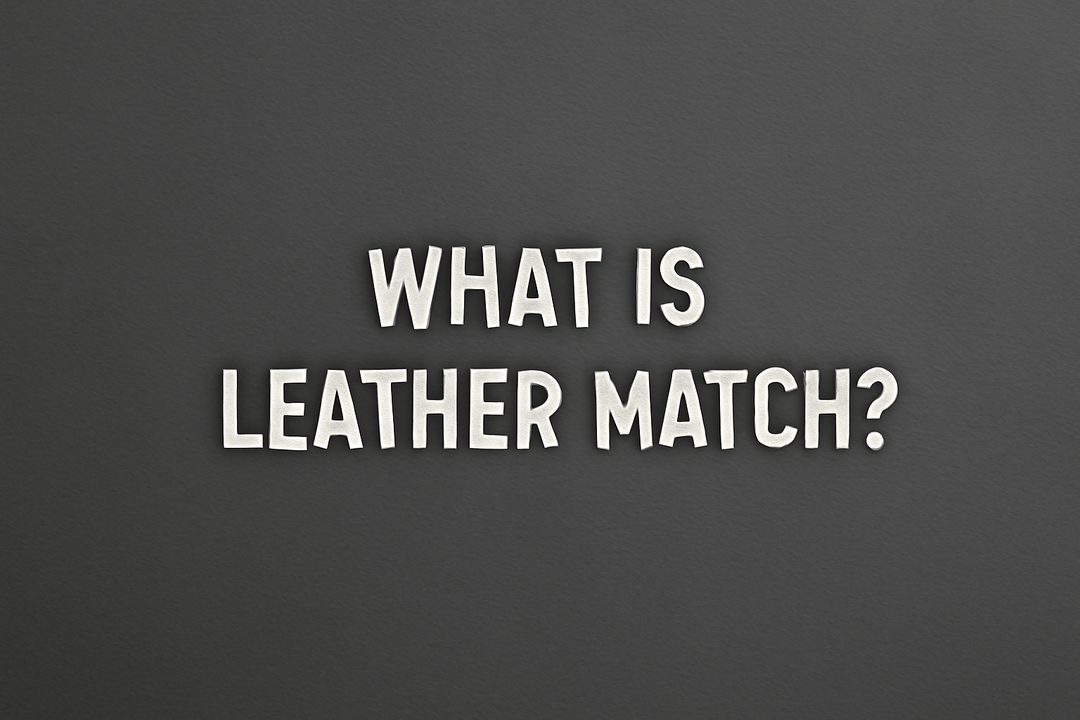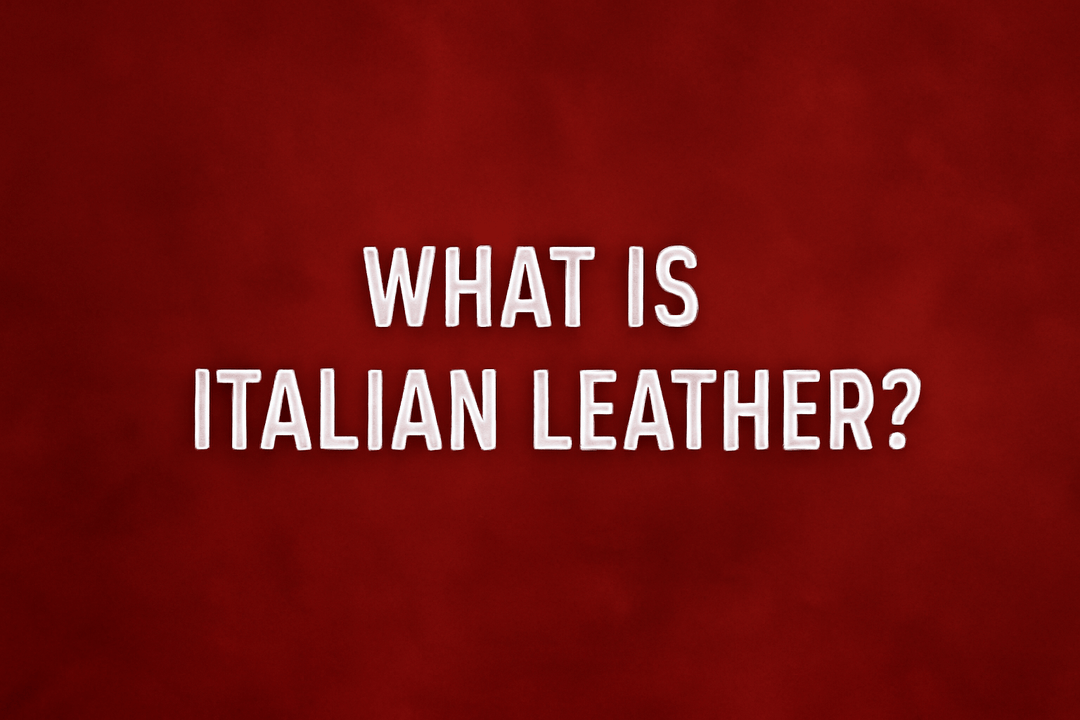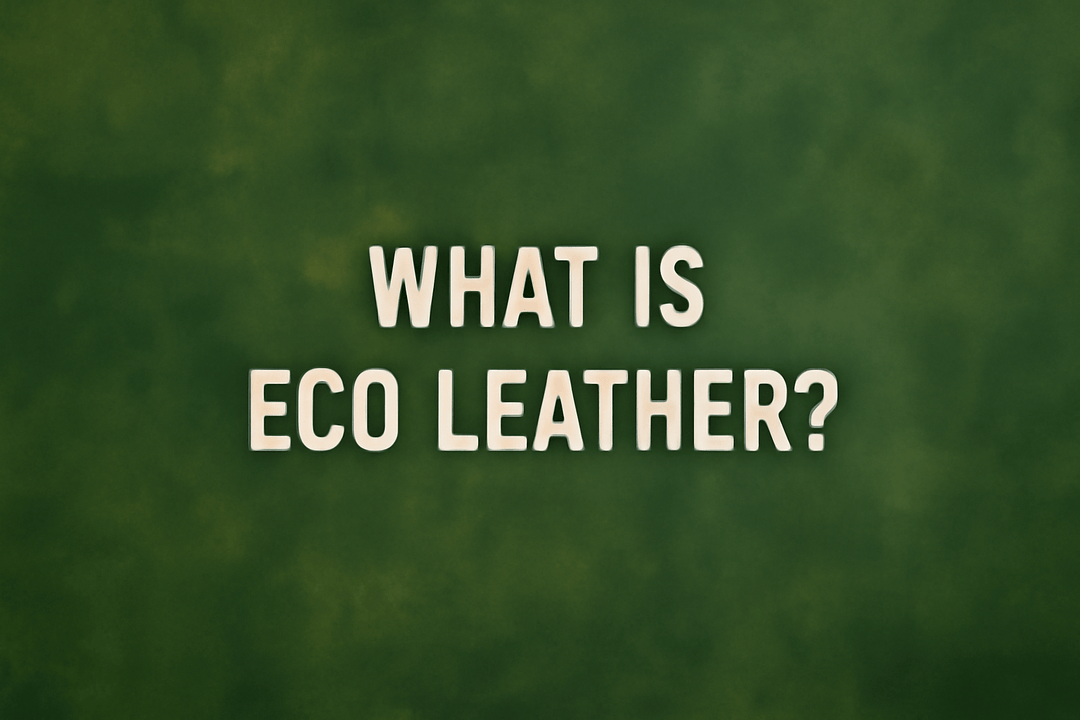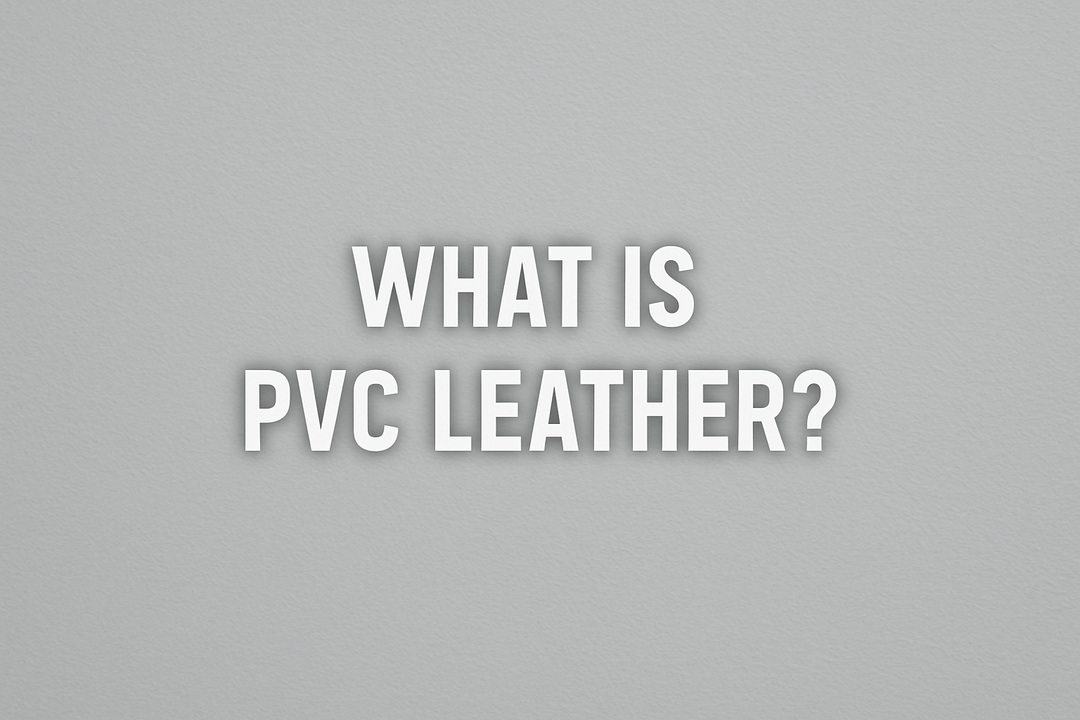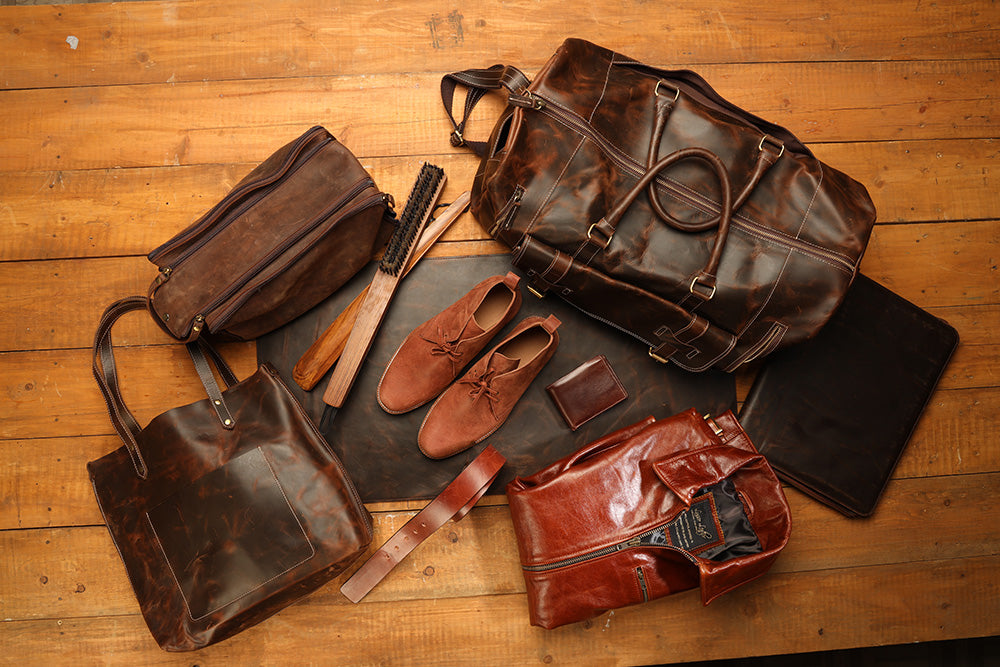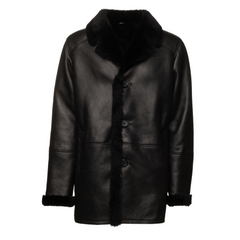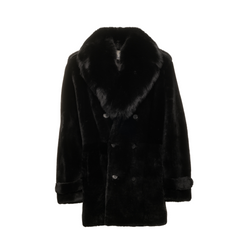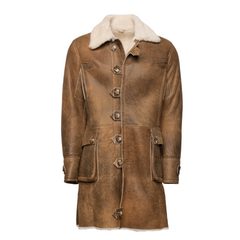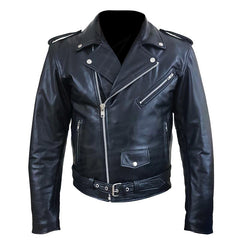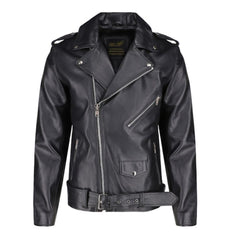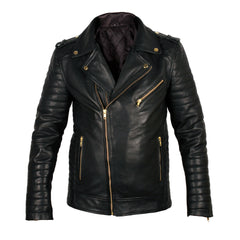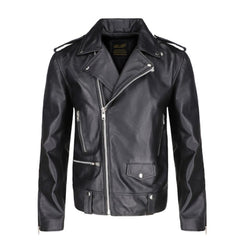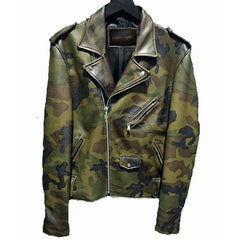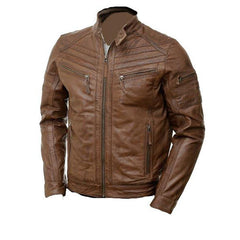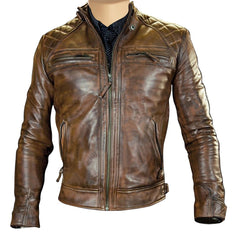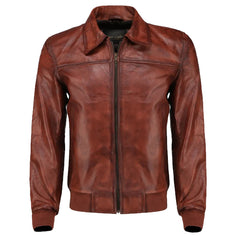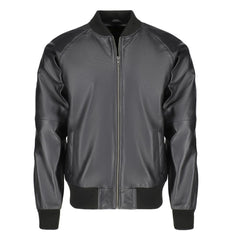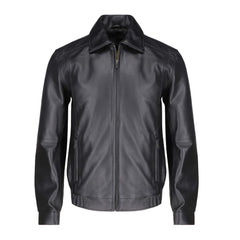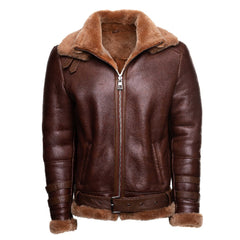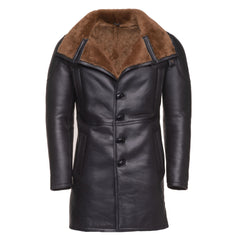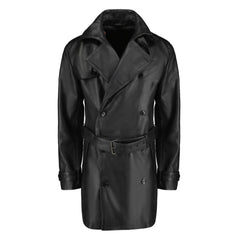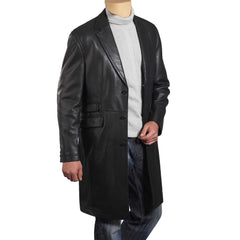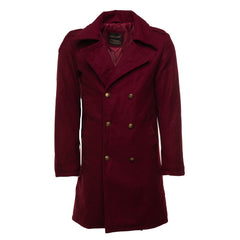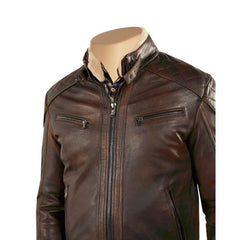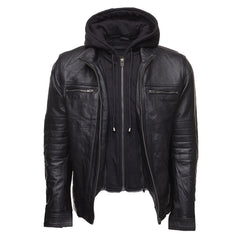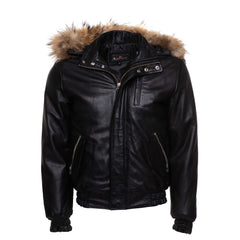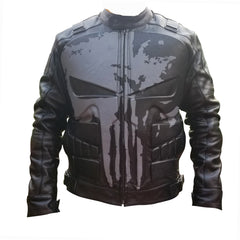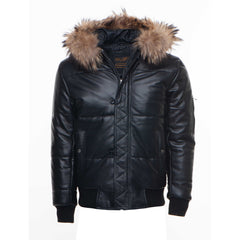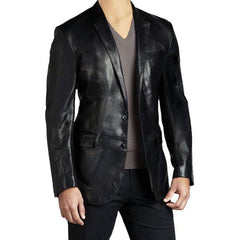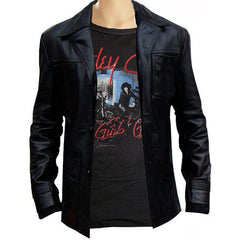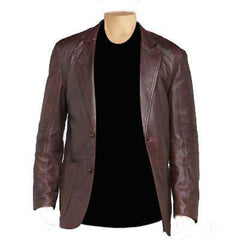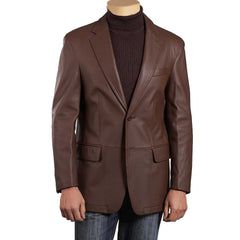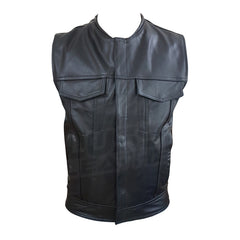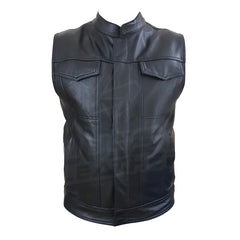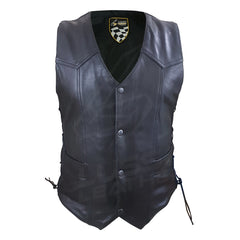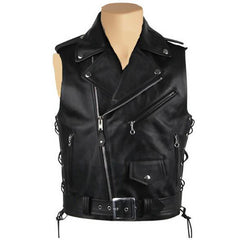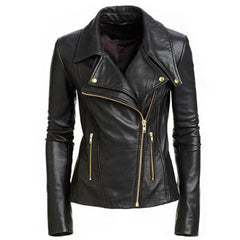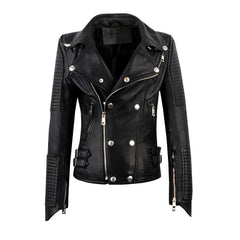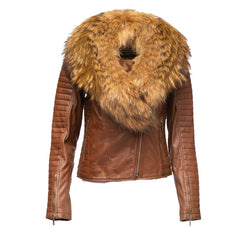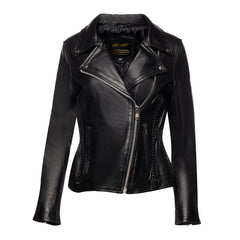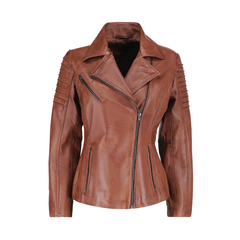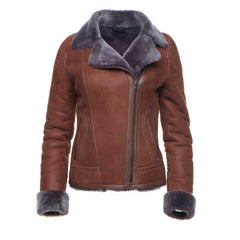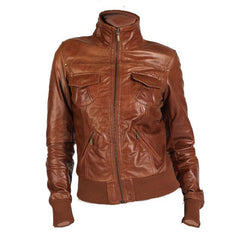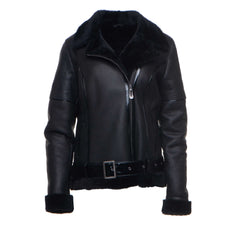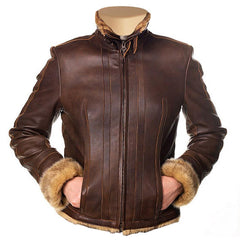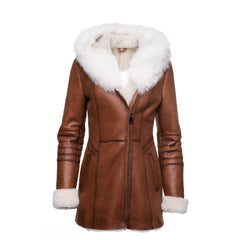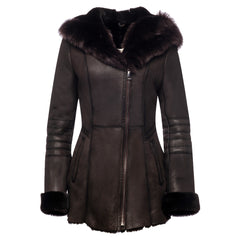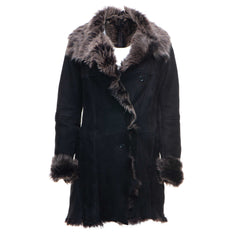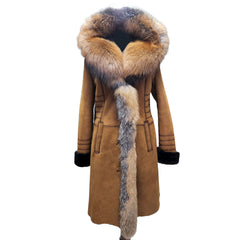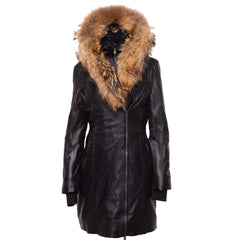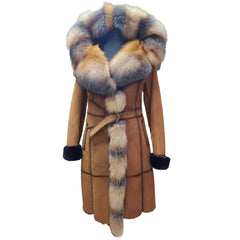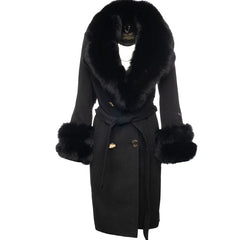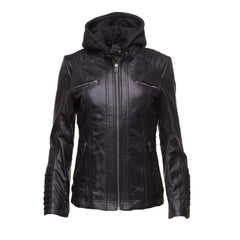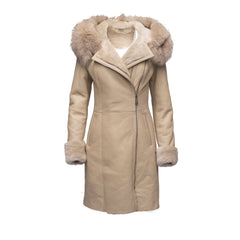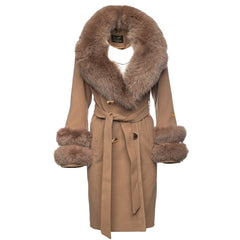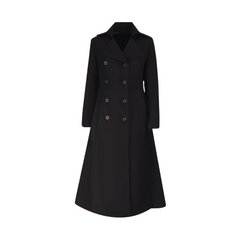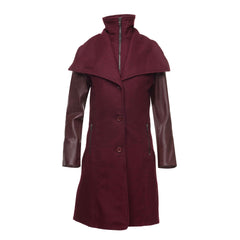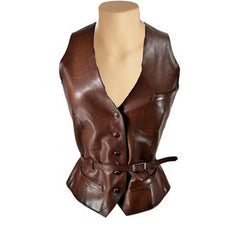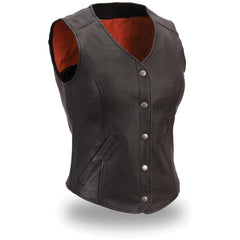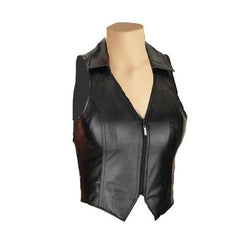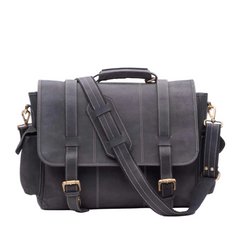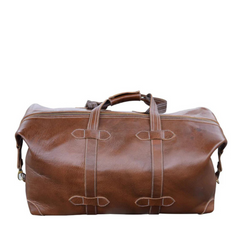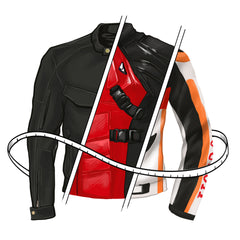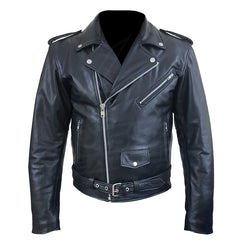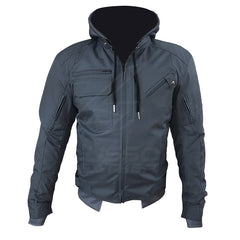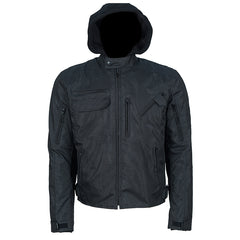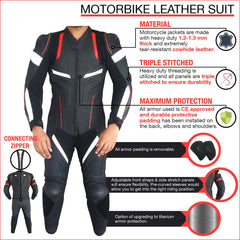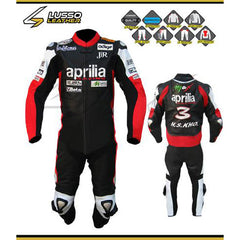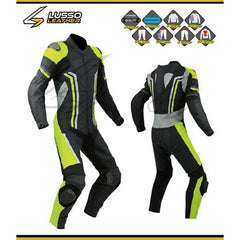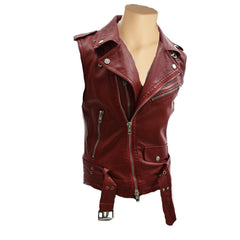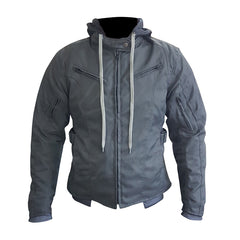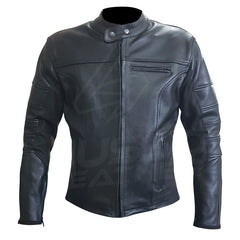What Is Leather Match

What Exactly Is Leather Match?
Leather match is a type of cost-effective upholstery option used in furniture that combines genuine leather like Italian leather with synthetic materials, often PVC leather. Areas you touch most—like seat cushions, backrests, and armrests—are covered in real leather, while the less visible or lower-contact areas, such as the sides and back, are upholstered with a carefully matched synthetic material.
This approach gives furniture the luxurious look and feel of leather where it matters most, but at a more affordable price than pieces made entirely of genuine leather while maintaining durability. It’s a popular choice for furniture and car interiors.
What Is Leather Match Made Of?
Generally, leather match is made from a combination of genuine leather and synthetic materials. Genuine leather is used on the high-contact areas of furniture, sometimes even eco leather. The rest of the piece, like the sides and back, is covered with a matching synthetic material, typically vinyl or polyurethane (PU).
- Vinyl: A durable and relatively inexpensive plastic.
- Polyurethane (PU) Leather: A type of faux leather that can have a softer, more leather-like feel than vinyl.
- Polyvinyl Chloride (PVC): Another type of plastic that can be used as faux leather.
- Suede and Microfiber: These can also be used as matching materials, offering different textures.
Leather Match Vs Genuine Leather Vs Faux Leather
Here's a breakdown of the differences between leather match, genuine leather, and faux leather:
Genuine Leather
- Material: Made entirely from animal hides, with different grades like full-grain and top-grain.
- Durability: Very durable (especially full-grain), but lower grades like bonded leather are less so.
- Appearance & Feel: Unique, natural look with a warm, supple feel. Develops a patina over time.
- Breathability: Highly breathable.
- Care & Maintenance: Needs regular conditioning and cleaning.
- Cost: Most expensive option.
- Sustainability: Can raise concerns over animal welfare and tanning processes.
- Examples: High-end furniture and leather goods.
Leather Match
- Material: Combines real leather on contact areas with synthetic leather on non-contact areas.
- Durability: Durable in high-use areas; synthetic parts may wear differently.
- Appearance & Feel: Looks like genuine leather where it matters.
- Breathability: Real leather areas are breathable.
- Care & Maintenance: Mixed – real leather needs conditioning, synthetic parts are easier to clean.
- Cost: More affordable than all-genuine leather.
- Sustainability: Uses less real leather.
- Examples: Sofas, chairs, recliners.
Faux Leather
- Material: Fully synthetic, using fabric backing coated with PU or PVC.
- Durability: Lower than genuine leather; may crack or peel over time.
- Appearance & Feel: Consistent look; may feel plasticky if low quality.
- Breathability: Not very breathable.
- Care & Maintenance: Easy to clean, stain-resistant.
- Cost: Most affordable.
- Sustainability: No animal use but raises plastic-related concerns.
- Examples: Budget furniture, accessories.
Pros And Cons Of Leather Match
Pros
- More affordable than genuine leather.
- Durability in high-contact areas.
- Aesthetically consistent and luxurious look.
- Comfortable seating surfaces due to real leather.
- Easy maintenance on synthetic areas.
- Less real leather used – environmentally conscious choice.
Cons
- Not 100% genuine leather.
- Real and synthetic parts may wear differently over time.
- Synthetic parts might peel or crack depending on quality.
- Less breathability in non-contact areas.
- Viewed as a compromise by some consumers.
- Lower resale value than full leather items.
Caring For Leather Match
Regular Maintenance
- Dust weekly with a soft, dry cloth.
- Vacuum gently using a brush attachment.
- Keep away from sunlight and heat sources.
- Blot spills immediately without rubbing.
For Genuine Leather Parts
- Condition every 3–6 months with leather conditioner.
- Test products in hidden spots first.
- Use pH-balanced leather cleaners.
- Avoid harsh chemicals and abrasive cleaners.
- Be cautious of sharp objects and pet claws.
- Wipe down areas exposed to body oils more frequently.
For Synthetic Parts
- Clean with a damp cloth and mild soap.
- Avoid harsh chemicals.
- Test cleaners in inconspicuous areas.
Is Leather Match Worth It?
Leather match is worth it if you want the upscale look and partial feel of leather at a more accessible price and are comfortable with some trade-offs in aging and long-term durability. It’s ideal for those wanting style and practicality on a budget, but not the best for luxury, breathability, or investment value.
Conclusion
Leather match offers a practical and stylish middle ground between genuine leather and faux leather for those who want the look and feel of real leather at a more affordable price. If you’re budget-conscious but still want a leather-like experience, leather match is a solid choice. However, if you prioritize longevity, breathability, or sustainability, full-grain leather or high-quality vegan alternatives may be worth the investment.
FAQs - What Is Leather Match?
Is Leather Match Better Than Faux Leather?
It depends on your needs. Leather match offers a more genuine feel in seating areas, while faux leather is more affordable and easier to maintain. Choose based on what you value most.
Does Leather Match Peel?
It can, especially in synthetic parts, depending on quality and exposure to extreme conditions like heat and humidity.
What Kind Of Material Is Leather Match?
Leather match is a hybrid upholstery material that combines genuine leather with a matching synthetic material like PU or PVC to balance cost, durability, and appearance.


